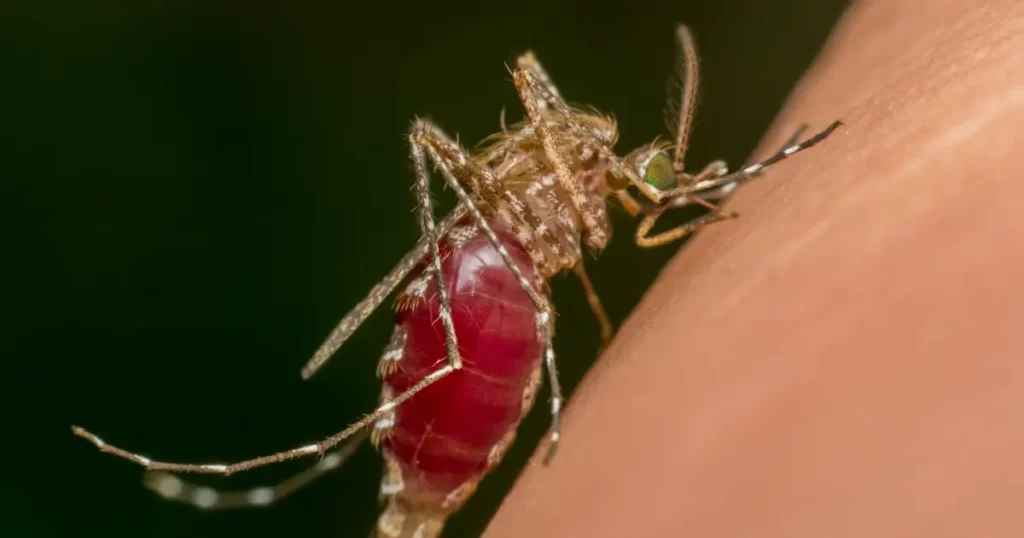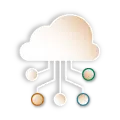Introduction
The One Health Taskforce is an essential mechanism for addressing complex health issues that arise at the intersection of human, animal, and environmental health. The interconnectedness of these systems means that zoonotic diseases, climate change, and biodiversity loss require collaborative, cross-disciplinary responses. Establishing a regional taskforce enables governments, scientists, and public health professionals to develop proactive strategies that enhance public health resilience, improve environmental stewardship, and mitigate disease outbreaks.
You're viewing a members-only article.
To keep reading, please log in or join the One Health Society.
Stay connected to exclusive insights, expert commentary, and opportunities to collaborate across the fields of human, animal, and environmental health.
Already a member? Log In
New here? Join the One Health Society - become One
Why a One Health Taskforce is Essential
A One Health Taskforce provides the framework for:
- Disease Surveillance: Tracking and managing zoonotic diseases like COVID-19, Ebola, and avian influenza.
- Environmental Stewardship: Protecting ecosystems to ensure clean air, water, and sustainable food sources.
- Public Health Resilience: Developing strategies to mitigate health crises related to environmental and animal health changes.
Real-World Example: In 2020, the African Union established the African One Health Network, improving disease surveillance and response to threats such as Rift Valley fever.
Step 1: Define the Purpose and Scope of the Taskforce
Each region faces unique challenges that require customized solutions. A One Health Taskforce should focus on pressing issues such as:
- Zoonotic Disease Prevention: Preventing and controlling outbreaks affecting both human and animal populations.
- Environmental Health Monitoring: Addressing pollution, deforestation, and water contamination that threaten public health.
- Climate Resilience Strategies: Preparing communities for climate-induced health risks like heatwaves and flooding.
Specific Goals:
- Surveillance & Early Warning: Establish systems to monitor diseases across species.
- Public Health Education: Develop campaigns to inform communities about health risks.
- Policy Development: Advocate for science-based regulations to manage health and environmental risks.
Step 2: Identify and Recruit Taskforce Members
A successful One Health Taskforce relies on diverse expertise. Essential stakeholders include:
- Public Health Officials: Epidemiologists and disease surveillance experts.
- Veterinarians: Specialists in zoonotic diseases and livestock health.
- Environmental Scientists: Experts in biodiversity conservation and climate science.
- Agricultural Experts: Specialists in food security and sustainable farming.
- Policy Makers: Government officials responsible for health and environmental legislation.
- NGO Representatives: Organizations focused on conservation, sustainable development, and animal welfare.
- Academics & Researchers: Scientists who contribute cutting-edge research and data analysis.
Where to Recruit Members:
- Universities & Research Institutes
- Public Health & Environmental Agencies
- NGOs & International Organizations
- Private Sector Representatives (Agriculture, Healthcare, Pharmaceuticals)
Real-World Example: The One Health Commission (USA) brings together scientists, healthcare providers, and policymakers to tackle antimicrobial resistance and emerging infectious diseases.
Step 3: Establish Leadership and Organizational Structure
Strong leadership ensures the effectiveness of the taskforce. Recommended leadership roles:
- Chairperson: A leading expert in One Health, representing the taskforce in policy discussions.
- Co-chairs & Subcommittees: Leaders overseeing disease monitoring, environmental health, and policy advocacy.
- Coordinator: A project manager handling logistics, meeting organization, and communications.
Step 4: Conduct Effective Taskforce Meetings
Meetings should be structured, goal-oriented, and frequent. A mix of virtual and in-person meetings fosters flexibility and collaboration.
Meeting Structure:
- Agenda: Define key topics such as surveillance updates, policy recommendations, and outreach efforts.
- Expert Presentations: Include briefings on relevant research and case studies.
- Action Items: Assign specific responsibilities to ensure accountability.
- Documentation: Maintain clear meeting minutes for transparency.
Step 5: Define Goals and Deliver Recommendations
A One Health Taskforce should produce tangible outcomes, including:
- Early Warning Systems: Integrated disease surveillance tools for rapid response.
- Sustainable Farming Practices: Policies promoting biosecure and environmentally friendly agriculture.
- Public Awareness Campaigns: Education programs connecting human, animal, and environmental health.
- Policy Recommendations: Advocacy for deforestation control, clean water initiatives, and disease prevention programs.
Who Should Receive Recommendations?
- Government Agencies: Ministries of Health, Agriculture, and Environment.
- International Organizations: WHO, FAO, and CDC for large-scale public health collaboration.
- Industry & NGOs: Private-sector leaders and nonprofit organizations implementing One Health strategies.
Real-World Example: The CDC’s One Health Zoonotic Disease Prioritization Tool has guided Kenya and Bangladesh in identifying high-risk zoonotic diseases for national health strategies.
Conclusion
The One Health Taskforce is a critical tool for tackling global health challenges. By uniting diverse experts, fostering collaboration, and pushing for evidence-based policies, taskforces can prevent disease outbreaks, protect ecosystems, and promote sustainable public health solutions. Now more than ever, it is imperative to establish and support these initiatives worldwide.
References
- Centers for Disease Control and Prevention (CDC). (2020). One Health Zoonotic Disease Prioritization Tool.
- World Health Organization (WHO). (2021). One Health High-Level Expert Panel.
- African Union. (2020). African One Health Network.
- One Health Commission. (2021). One Health in Action: Global Case Studies.
- FAO, OIE, & WHO. (2010). The FAO-OIE-WHO Collaboration: Sharing Responsibilities and Coordinating Global Activities to Address Health Risks at the Animal-Human-Ecosystems Interface.













